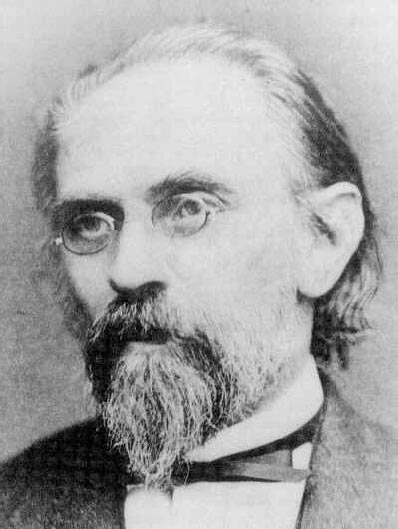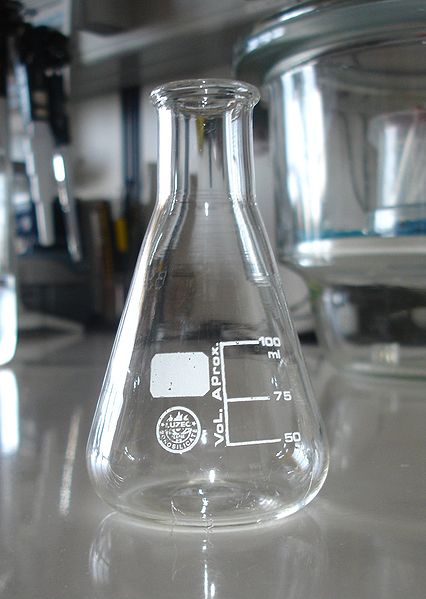<Back to Index>
- Chemist Richard August Carl Emil Erlenmeyer, 1825
- Composer Sveinbjörn Sveinbjörnsson, 1847
- Prime Minister of France Pierre Laval, 1883
PAGE SPONSOR


Richard August Carl Emil Erlenmeyer (28 June 1825 – 22 January 1909) was a German chemist, usually known simply as Emil Erlenmeyer. He was born in Taunusstein, Germany.
He spent some years as a pharmacist after studying medicine.
He studied at Gießen but not under Justus von Liebig - rather he worked with Liebig's student Will and with Fresenius - and at Heidelberg under Friedrich Kekulé. He also associated himself with Robert Bunsen in the study of fertilizers. Erlenmeyer was professor of chemistry at the Munich Polytechnic School from 1868 to 1883. His experimental work included the discovery and synthesis of several organic compounds, e.g., isobutyric acid (1865); in 1861 he invented the conical flask that bears his name. Among the first to adopt structural formulas based on valence, he proposed the modern naphthalene formula of two benzene rings sharing two carbon atoms.
In 1880 he formulated the Erlenmeyer Rule: All alcohols in which the hydroxyl group is attached directly to a double - bonded carbon atom become aldehydes or ketones.
He had to leave academic work in 1883 for health reasons, but continued to act as a consultant. Erlenmeyer died in Aschaffenburg.